Perfectly-Camouflaged Moth Looks Like a Twig Fragment
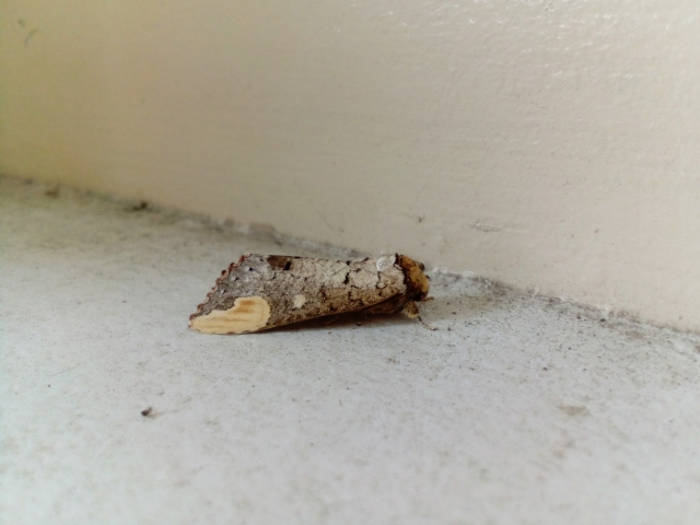
Tsumaki Shachihoko is a rare Japanese moth that features impressive natural camouflage which allows it to perfectly mimic small twigs in order to avoid predators. We’ve always found natural camouflage fascinating here at Oddity Central, and simply searching the term in our search box will yield over a dozen amazing examples of natural mimics. Today […]
This Spider Masquerades as a Fallen Leaf to Avoid Predators
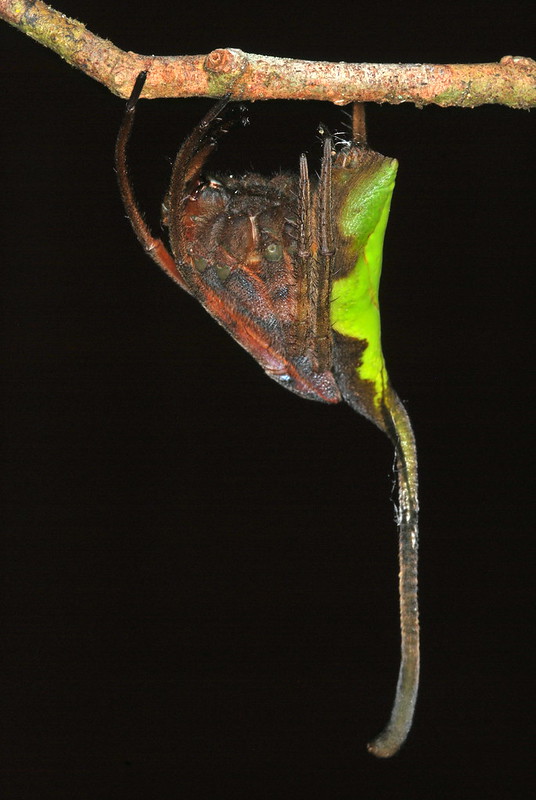
Poltys mouhoti, aka the Rolled-up Leaf Spider, is a fascinating arachnid that uses incredible camouflage to protect itself from predators during the day. Native to Vietnam, but also spotted in other Asian countries like Cambodia, Thailand or Malaysia, the aptly-named rolled-up leaf spider is part of the Poltys genus of spiders, which numbers 43 known […]
The Fish That Mimics a Dead Tree Leaf to Catch Unsuspecting Prey
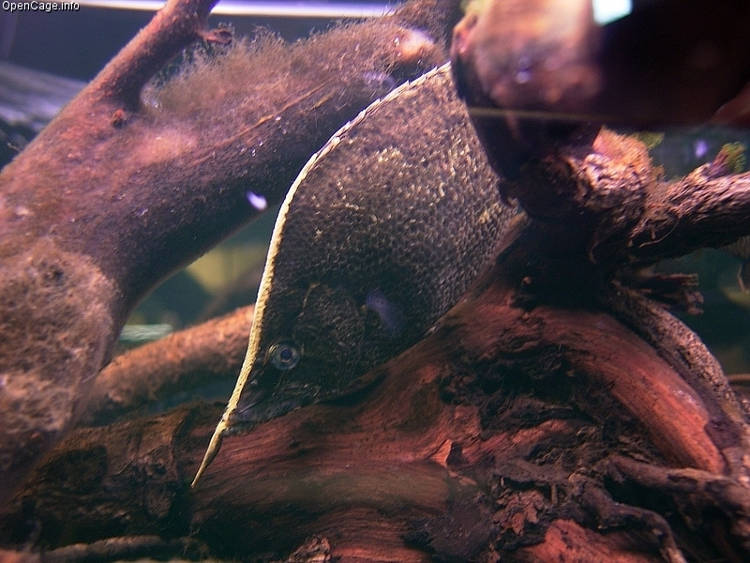
The South American Leaf Fish is a remarkable predator that relies on almost perfect camouflage and patience to both ambush unsuspecting prey, and escape larger predators. Native to the Amazon basin in Bolivia, Brazil, Colombia, Peru and Venezuela, the aptly-named leaf fish does a great job of imitating a dead leaf floating near the bottom of the river. Not only has it […]
The Malayan Leaf Frog Lives Up to Its Name
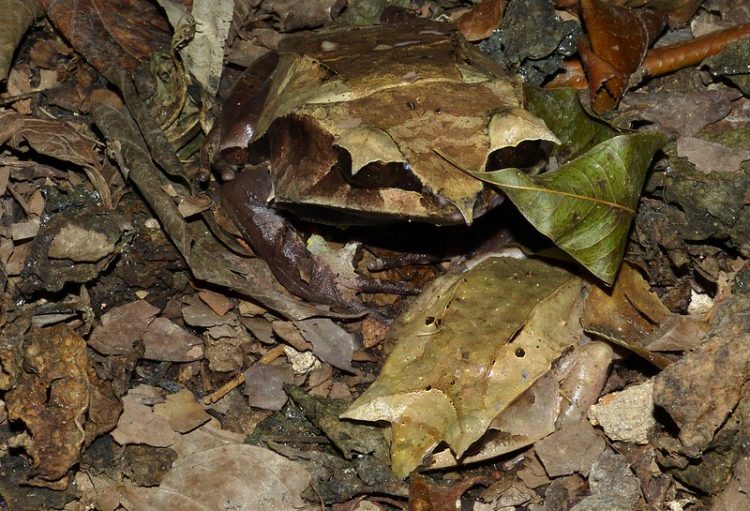
The Malayan leaf frog, a.k.a long-nosed horned frog, is one of the most remarkable creatures on Earth, at least in terms of natural camouflage. We’ve featured some truly impressive masters of camouflage in the past, from the dead leaf butterfly to a plant that evolved to mimic the rocky terrain it grows on, but the […]
This Mossy Twig Is Actually a Moth Larva in Disguise
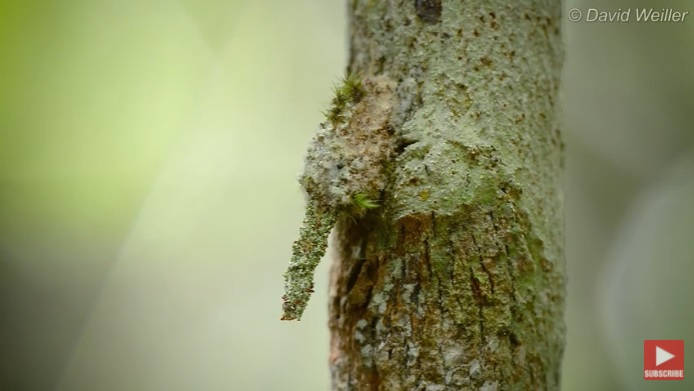
A wildlife photographer recently captured one of nature’s most extraordinary camouflage masters on camera – a moth larva that looks like a mossy twig on a moss-covered tree. Over they years we’ve featured a bunch of natural camouflage artists on Oddity Central, from the butterfly that looks like a dead leaf, or the moth with […]
Tiny Assassin Bug Wears the Bodies of Its Victims as Camouflage
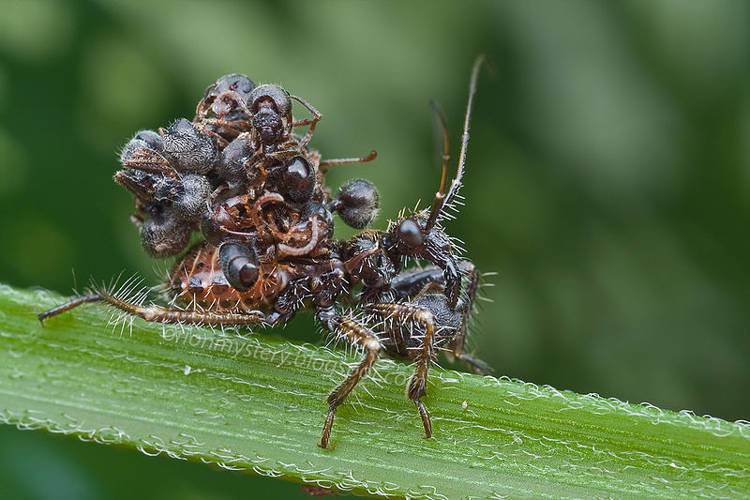
The assassin bug is a fascinating insect for many reasons, but the one that really stands out is its gruesome camouflage, which consists of the carcasses of its victims glued to its back. There are around 7,000 known species of assassin bugs in the world, ranging from 4 to 40 mm in length and sharing […]
